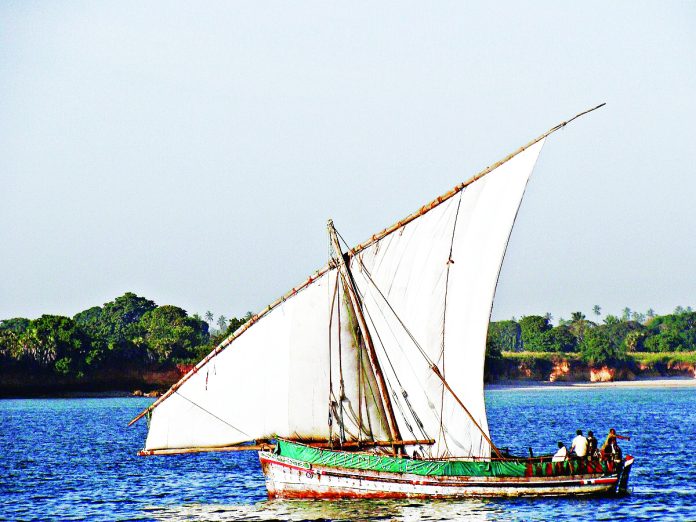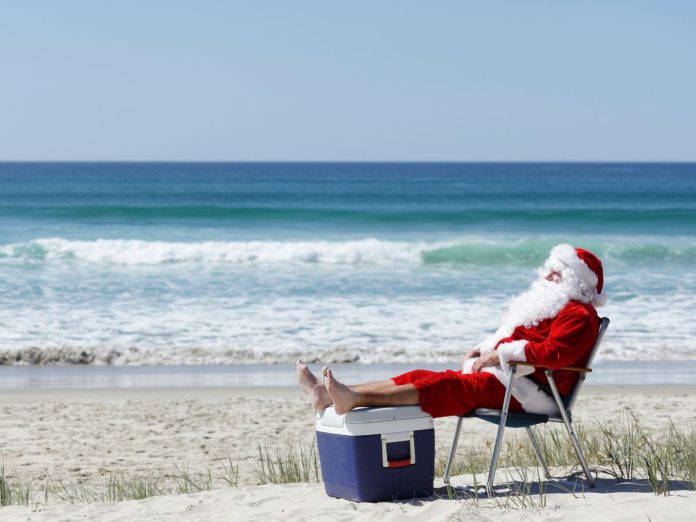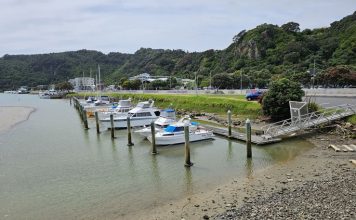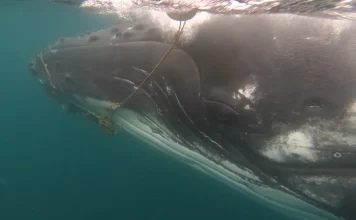Outboards are now commonplace and familiar, but their invention transformed waterborne transport, writes Tom O’Neil.
As the staple means of transport for many during their day-to-day boating lives, the outboard is a highly-efficient and easy way to get around safely on the water. While most of us are familiar with the technology (and many of us have one or two stored in the garage), it has a surprising heritage.
During the 1880s, many people were tired of rowing about the place, and started experimenting with steam, electric and gas engines that could be adapted to a row boat. The first patent for a prehistoric outboard was taken out in 1883 in the USA, which involved locking a small steam boiler on to the back of a dinghy, linked to a propeller. This exciting new innovation, however, was never commercially released.

In 1896 the American Motor Company of Long Island New York built 25 portable boat motors, which are regarded today as the first ever petrol-powered outboards. Despite their innovative design, the business couldn’t sell enough and the idea stalled.
Moving forward to 1902, Cameron Waterman (yes, that is his name…) ordered a motorcycle, and after driving it around the area for 12 months, removed the air-cooled, four-stroke engine and hung it on the back of his chair to clean and overhaul. As a keen fisherman, he was suddenly hit with a flash of inspiration – he could relatively easily attach a propeller to the engine, and hang it off the transom of his rowboat.
After tinkering with the design for a number of years, Waterman travelled to Detroit River and attached his experimental motor to a 15-foot steel rowboat. Despite some issues, the idea worked effectively enough to set up the Waterman Marine Motor Company in 1906, with the motto: “Turn any boat into a motor boat in 5 minutes”. The initial model was a two-horsepower petrol engine, the first to be called ‘outboard’ and the first to be mass-produced. While this was somewhat of a success, the engine was called the ‘Coughing Sarah’ by detractors due to its unpleasant appearance and difficult operation.

Also in 1906, a young man named Ole Evinrude was asked by his girlfriend Bess to row across a lake on a hot summer day to fetch an ice cream. After a sweaty undertaking, Ole safely delivered a much melted sweet treat to his loved one. While cooling down afterwards, the young American inventor was inspired to design and build his own outboard, hoping to never have to row anywhere again. After three years of development, the first 1.5hp Evinrude outboard was manufactured, and the initial production run of 15 engines all sold out immediately. Realising he was on to a good thing, Ole increased production levels, with sales increasing year after year. The Evinrude became the first outboard engine produced in series, and Ole and Bess got married later in the year.

At the same time in Indiana, the Johnson brothers (Lou, Harry and Clarence) developed their new 3hp engine, successfully releasing their design to the market soon after. In 1921, following on from their success in both the marine and aviation sectors, they created a totally new lightweight outboard, pioneering the use of diecast aluminium castings, previously unheard of in the outboard motor industry.
Four years after the Second World War, the three brothers released the highly innovative ‘Sea Horse’ model which introduced many of the features found in today’s outboards, including a recoil starter, removable motor cowl, a forward, neutral and reverse gear shift and a remote fuel tank.




















